Heinemann
361 Hanover Street
Portsmouth, NH 038013912
www.heinemann.com
Offices and agents throughout the world
2020 by Sarah M. Zerwin
All rights reserved. No part of this book may be reproduced in any form or by any electronic or mechanical means, including information storage and retrieval systems, without permission in writing from the publisher, except by a reviewer, who may quote brief passages in a review, and with the exception of reproducible pages (identified by the Point-Less copyright line), which may be photocopied for classroom use only.
Heinemanns authors have devoted their entire careers to developing the unique content in their works, and their written expression is protected by copyright law. We respectfully ask that you do not adapt, reuse, or copy anything on third-party (whether for-profit or not-for-profit) lesson-sharing websites.
Heinemann Publishers
Dedicated to Teachers is a trademark of Greenwood Publishing Group, Inc.
The author and publisher wish to thank those who have generously given permission to reprint borrowed material:
From In the Best Interest of Students: Staying True to What Works in the ELA Classroom by Kelly Gallagher, copyright 2015, reproduced with permission of Stenhouse Publishers. www.stenhouse.com
Acknowledgments for borrowed material continue on .
Library of Congress Cataloging-in-Publication Data
Name: Zerwin, Sarah M., author.
Title: Point-less : an English teachers guide to more meaningful grading / Sarah M. Zerwin.
Description: Portsmouth, NH : Heinemann, [2020] | Includes bibliographical references.
Identifiers: LCCN 2019055937 | ISBN 9780325109510
Subjects: LCSH: Grading and marking (Students) | English teachersIn-service training. | Student-centered learning. | Teacher effectiveness.
Classification: LCC LB3051 .Z43 2020 | DDC 371.27/2dc23
LC record available at https://lccn.loc.gov/2019055937
Editor: Katie Wood Ray
Production: Vicki Kasabian
Text and cover designs: Monica Ann Crigler
Author photograph: Courtney Nicholson-Paine
Typesetter: Shawn Girsberger
Manufacturing: Steve Bernier
e-ISBN: 9780325124476
1 2 3 4 5 6 7 8 9 10 RWP 25 24 23 22 21 20
February 2020 Printing
Foreword
Read the world to write your future.
Sarah Zerwin
DEEP DOWN, WE ALL KNOW THAT POINTS AND LETTER GRADES DONT really tell us what matters most about students learning. Teachers want their students to grow over the course of their class, but unfortunately, grading sometimes gets in the way. If you are like me, youre probably tired of spending weekends grading work only to have it thrown in the trash seconds after students discover their grade. You might be frustrated that even when you let students redo assignments, they dont take you up on the offer. Maybe youre wondering how to shift students focus off of grade grubbing to actual learning. Or, perhaps youre struggling to push students who know how to finesse rubrics and Sparknote books to do more than just play the game of school. You might even be willing to honor growth over mastery if you could just figure out how to manipulate the electronic grade book.
Years ago, I decided that if I were going to spend time grading and writing comments on papers, two things would have to happen. First, I would have to be selfishand use my assessment time not just to assign points but to get smarter about the needs of students. Second, I would have to slow down and write meaningful feedback each student would immediately apply to their experience of reading and writing. I stumbled again and again trying to make my ideas manageable on a day-to-day basis.
Sarah Zerwin has written the book I desperately needed to help my beliefs about learning match my assessment practices. Inside this book is a treasure trove of new thinking that will guide teachers as they shift students focus off of points to actual learning. Teachers will find ways to navigate grading obstacles and learn how to repurpose the grade book into a living warehouse of descriptive data that informs feedback and reflection.
Three years ago, I joined a writing group. It was at this retreat that I met Sarah. The first summer I heard the budding ideas for this book. I was very familiar with her building, as my niece and nephews attended it. Sadly, none of them had the privilege of being in her class, but I was pretty sure this new way of grading wasnt going to fly in this community. The second summer, Sarah shared an excerpt from an early draft and I was intrigued. Had she really figured out how to take the focus off of the grade and put it on the learning? Last summer, as she was adding the finishing touches, I was wowedand I am happy to report that I was wrong! With each chapter, Sarah addresses every grading obstacle one could think of. She provides ways to navigate objections that parents, athletic directors, administrators, colleagues, colleges, and even students might have with this innovative way of reporting grades.
Sarah tempts us to consider that Learning lives in the process, not the final product. She compels us to consider revision as the instructional focus instead of the high-stakes, final product connected to someone elses rubric. Through careful and clear descriptions, Sarah shows teachers how they can make their marking time more effective. Instead of assigning random points to student tasks, she demonstrates how teachers can provide students with concise, descriptive data that serves as meaningful and specific feedback. Sarahs useful way of tracking student growth not only serves students but also helps teachers get feedback as they notice patterns in student learning.
Inside this book, teachers will find:

online resources rife with tools and examples to manage feedback and student reflections

powerful examples of student thinking and ways to harness the electronic grade book as a useful instructional tool

rituals and routines that protect precious time so there are more opportunities for instruction and student revision

frameworks that hold and guide student and teacher feedback

strategies that increase students agency and abilities to read, write, and discuss

checklists to simplify convoluted rubrics

provocative questions for teachers and students to ponder and push thinking.
Sarah nudges readers to consider how traditional forms of grading get in the way of student growth. Her pioneering ways of marking, collecting, and sharing student work shows teachers how to assess and evaluate with fidelity in ways that serve student learning. One of my favorite structures in the book are the letters from students who have reflected on their growth as learners. Their words give me courage to consider how to morph the centuries-old grading process into something that honors growth over compliance.


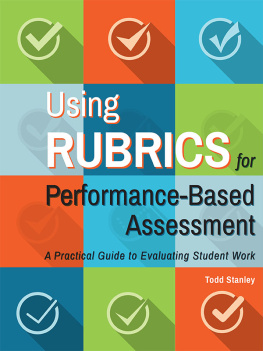



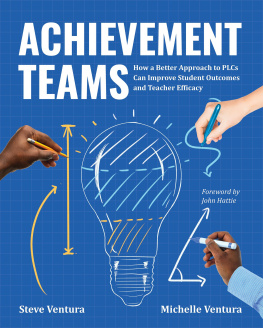

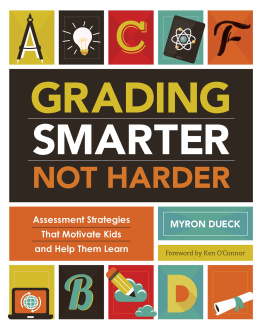
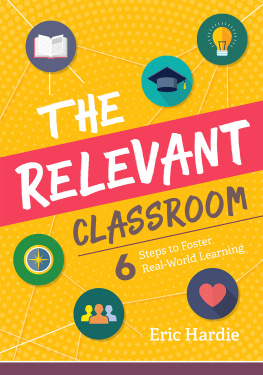
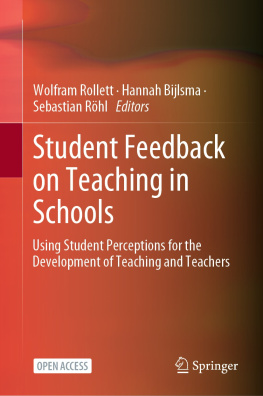
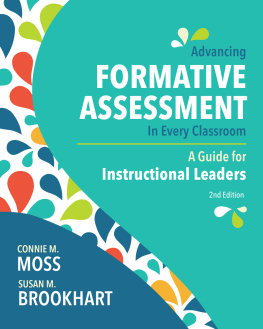
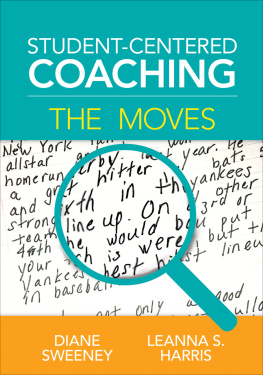


 online resources rife with tools and examples to manage feedback and student reflections
online resources rife with tools and examples to manage feedback and student reflections